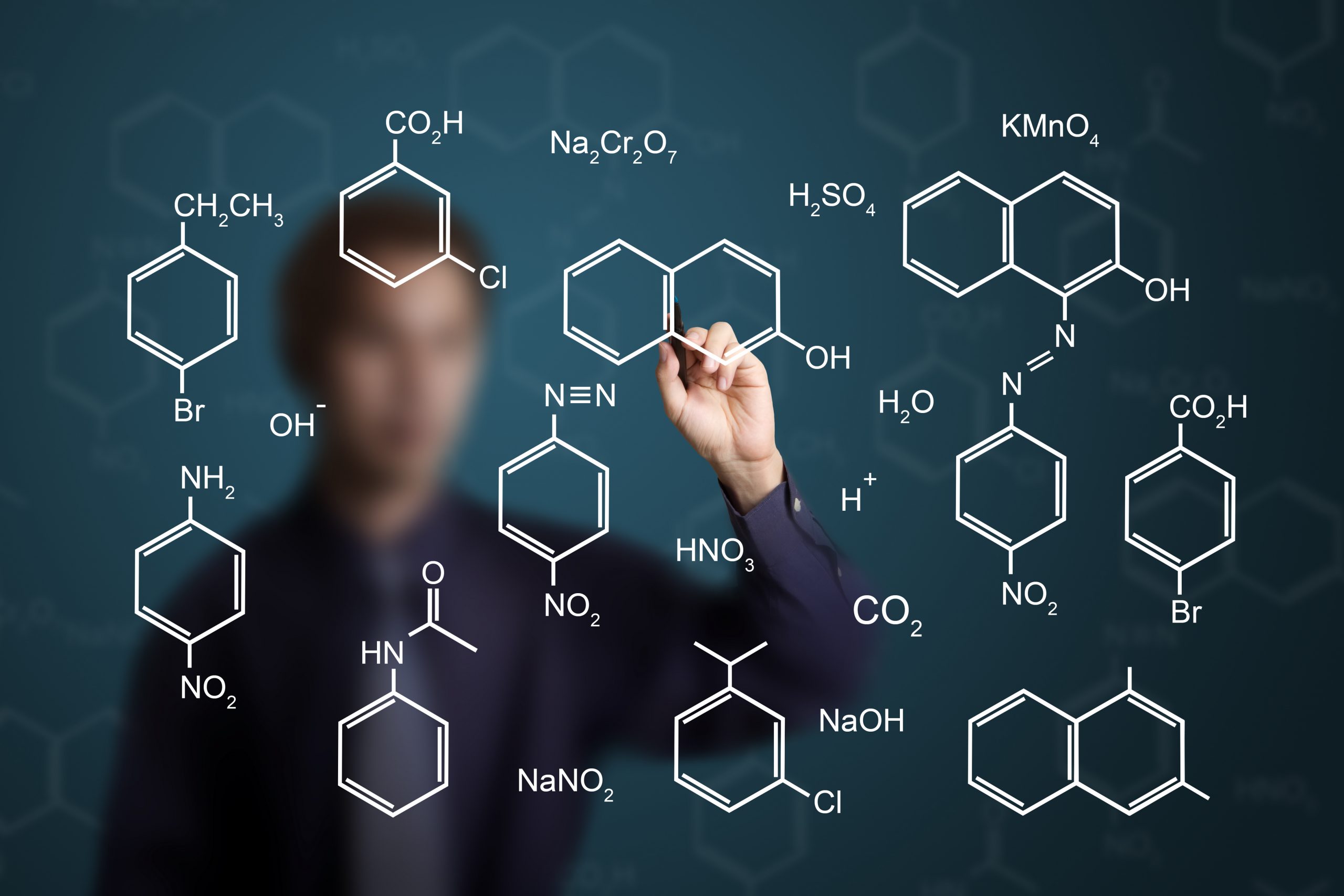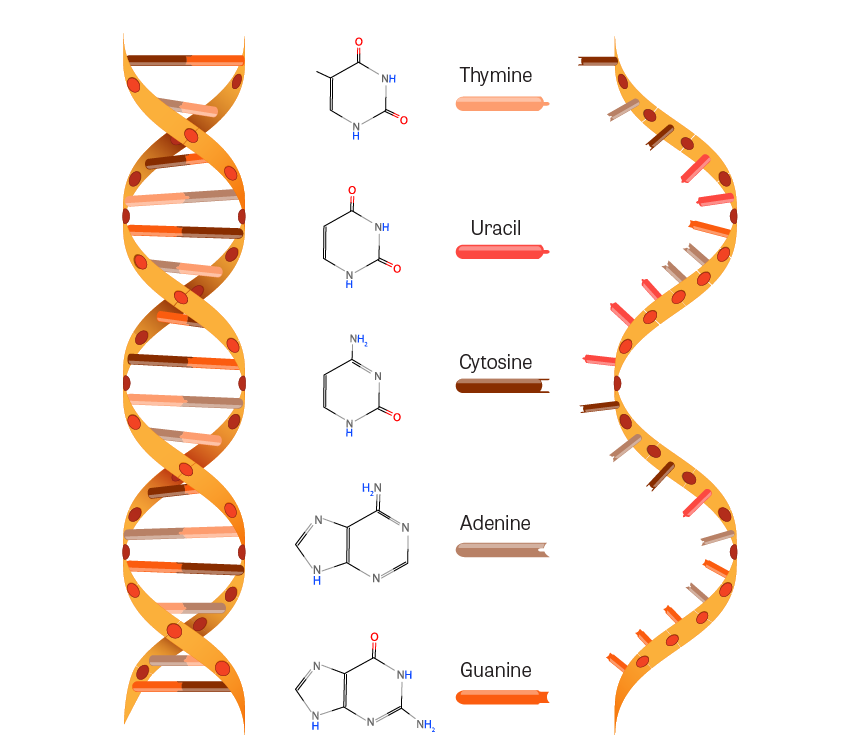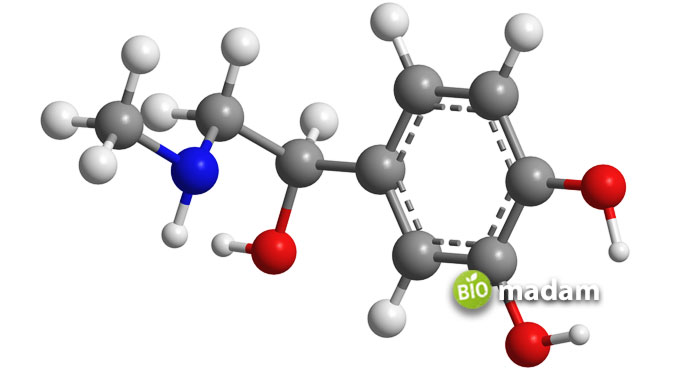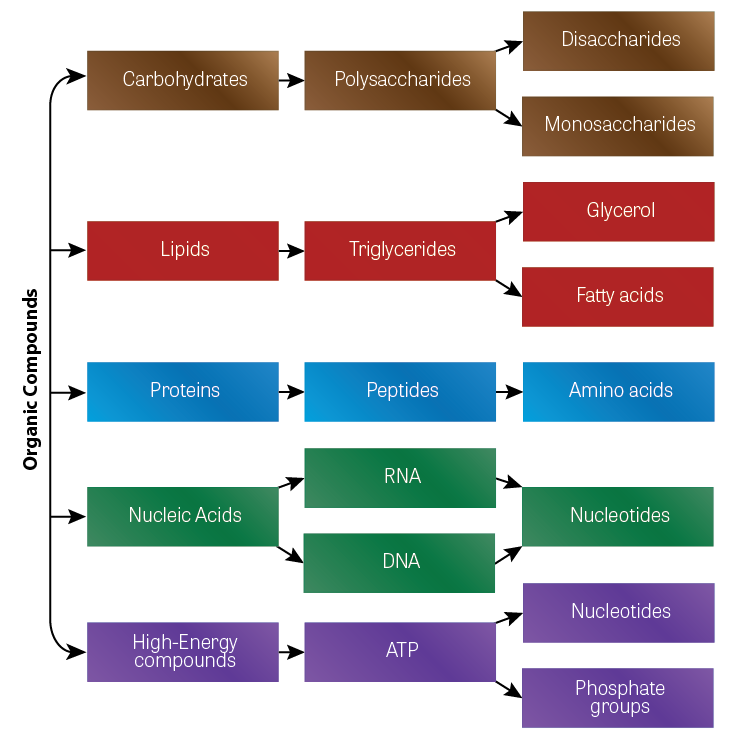What Is the Principal Inorganic Compound Found in Living Things
The principal inorganic compounds found in living things are water salts inorganic acids and inorganic bases compound that contains both carbon and hydrogen is. Water is a necessary component for life.

The Difference Between Inorganic Organic Chemistry
Polyatomic ions cyanide cyanate thiocyanate carbonate and carbide in carbon.

. The principal inorganic compound found in living things is. Some examples of inorganic carbon are carbon oxides such as carbon monoxide and carbon dioxide. Inorganic compounds comprise most of the Earths crust although the compositions of the deep mantle remain active areas of investigation.
The simplest organic compound is formaldehyde CHO only 3 atoms. Inorganic matter is generally obtained from non-living matter so it is mineral in nature. Inorganic compounds are less complex than organic compounds.
Some examples of inorganic carbon are carbon oxides such as carbon monoxide and carbon dioxide. It is used as a home remedy including antacid for neutralizing stomach acid and sometimes laxative. Organic matter is found in living or once-living organisms so it is biological in nature.
Inorganic compounds form ionic bonds between the atoms of molecules. Magnesium Hydroxide is a common base an inorganic compound that also can be found at home. Pure carbon is considered inorganic and its compounds with metals or silicon are considered inorganic.
The presence of carbon prevents organic compounds from forming salts. Sugar is processed from sugar cane a plant. 2 The principal inorganic compound found in living things is A water B hemoglobin C glucose D nucleic acid 3 Groups A and B in the table below contain molecular formulas of compounds.
Which statement is a valid conclusion based on the information in the graph below. A great many inorganic compounds do contain hydrogen atoms such as water H 2 O and the hydrochloric acid HCl produced by your stomach. All living organisms contain carbon-based compounds making them organic.
Carbon dioxide CO 2 is one of the few examples. A group A - inorganic group B - organic B group A - organic group B - inorganic. In most of the aqueous solutions these are poor conductors of heat and electricity.
However water is an example of an inorganic compound because it does not contain carbon and it was not formed by a living organism. This is the general feature of organic compounds which. These compounds are found in non-living things.
Organic molecules and compounds are generally associated with living organisms. Examples include carbon monoxide carbon. McGraw-Hill Dictionary of Scientific Technical Terms 6E Copyright 2003 by The McGraw-Hill Companies Inc.
The study of inorganic compounds is a subfield of chemistry known as inorganic chemistry. Inorganic carbon is carbon extracted from ores and minerals as opposed to organic carbon found in nature through plants and living things. Examples of organic compounds include table sugar methane and DNA while inorganic compounds include table salt diamond and carbon dioxide.
In contrast only a handful of inorganic compounds contain carbon atoms. C The principle inorganic compound found in living things is water. Organic compounds form covalent bonds.
The carbon can be oxidized to CO2 which is not an organic compound and the hydrogen can be oxidized to H2O which is not an organic compound. Inorganic carbon is carbon extracted from ores and minerals as opposed to organic carbon found in nature through plants and living things. Inȯrganik inorganic chemistry Pertaining to or composed of chemical compounds that do not contain carbon as the principal element excepting carbonates cyanides and cyanates that is matter other than plant or animal.
Inorganic compounds are those which are not organic that is they are without a carbon-hydrogen bond. The compound contains carbon hydrogen and oxygen. Organic compounds are mainly found in most of the living things.
The principle inorganic compound found in living things is. Compund X increases the rate of the reaction shown below CO2 t H20 ----- H2CO3 Compund X is most likely. How would the compounds in these groups be chemically classified.
An organic compound then is a substance that contains both carbon and hydrogen. Many of these compounds are normal parts of many mostly organic systems including organisms. It is well-known as milk of magnesia.
Polyatomic ions cyanide cyanate thiocyanate carbonate and carbide in carbon. Some of these compounds include carbon monoxide carbon dioxide sodium bicarbonate Carbides carbonates and cyanides. Some simple compounds that contain carbon are often considered inorganic.
It is for this reason that some simple compounds containing carbon are referred to as inorganic. A carbohydrate is a large biological molecule or macromolecule consisting of carbon C hydrogen H and oxygen O atoms usually with a hydrogenoxygen atom ratio of.

Welcome To Toxtutor Toxicology Msdt

Cubane C8h8 Is A Synthetic Hydrocarbon Molecule That Consists Of Eight Carbon Atoms Arranged At The Corners Of A Organic Chemistry Chemistry Book Quotes

Guide To Inorganic Chemicals Substances Brenntag

Comparing Inorganic Organic Compounds Explanation Practice Video Lesson Transcript Study Com

3 1 Organic Compounds Medicine Libretexts

What Are Inorganic Compounds Definition Characteristics Examples Video Lesson Transcript Study Com

Structures Assumed By Hydrogen H And Carbon C Molecules In Four Common Hydrocarbon Compounds Collage Online Photoshop Online Chemical Structure

Guide To Inorganic Chemicals Substances Brenntag

Inorganic Substance An Overview Sciencedirect Topics

Catch The Bug Diy Science Project Diy Science Projects Diy Science Science Projects

Ciclo Del Carbono Moose Art Art Animals

6 Major Uses Of Organic Compound In Daily Life Biomadam

Welcome To Toxtutor Toxicology Msdt

Organic Molecules Microbiology

Guide To Inorganic Chemicals Substances Brenntag

Ph Testing Paper Chemical Supply Manufacturing Paper



Comments
Post a Comment